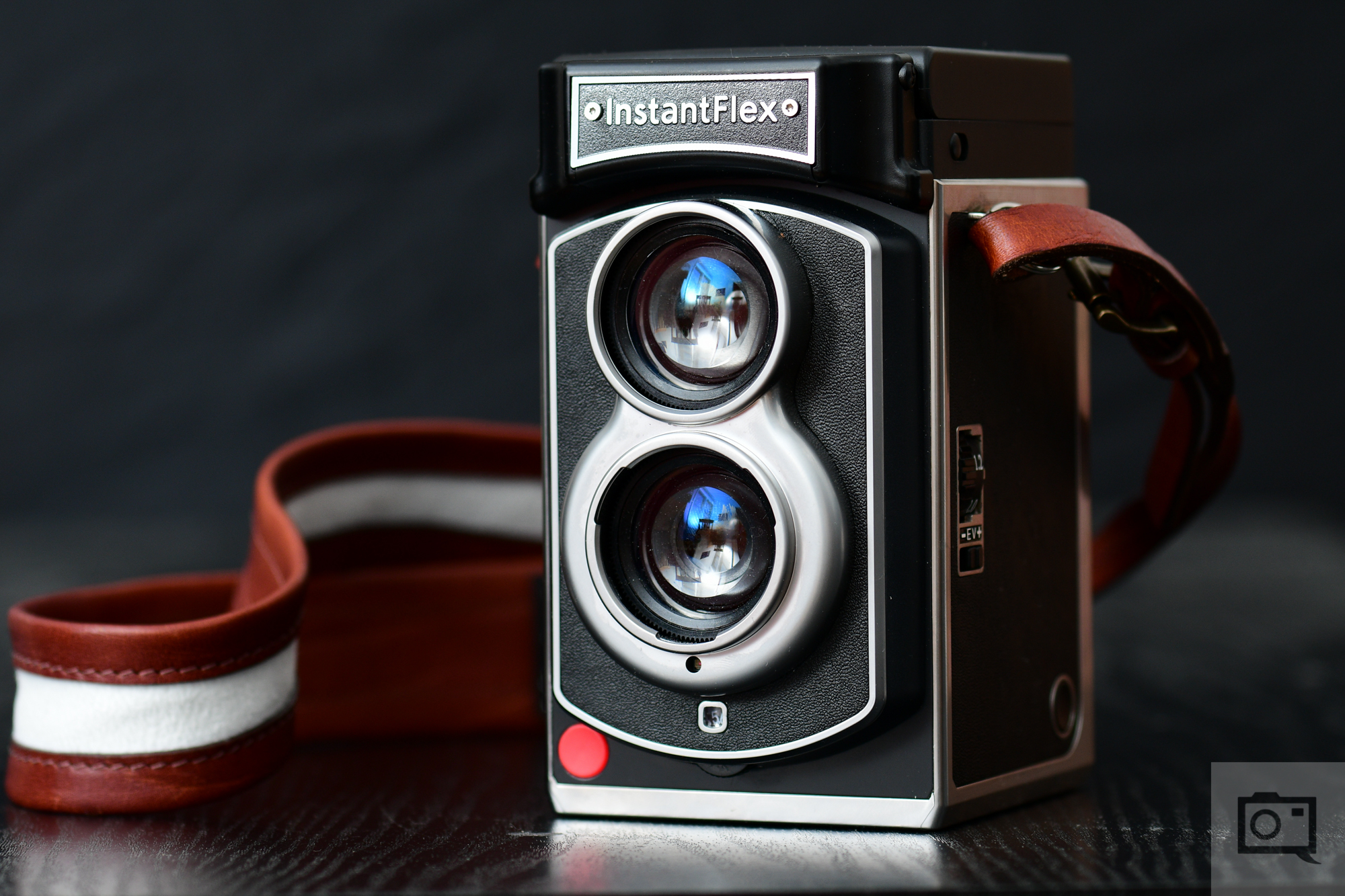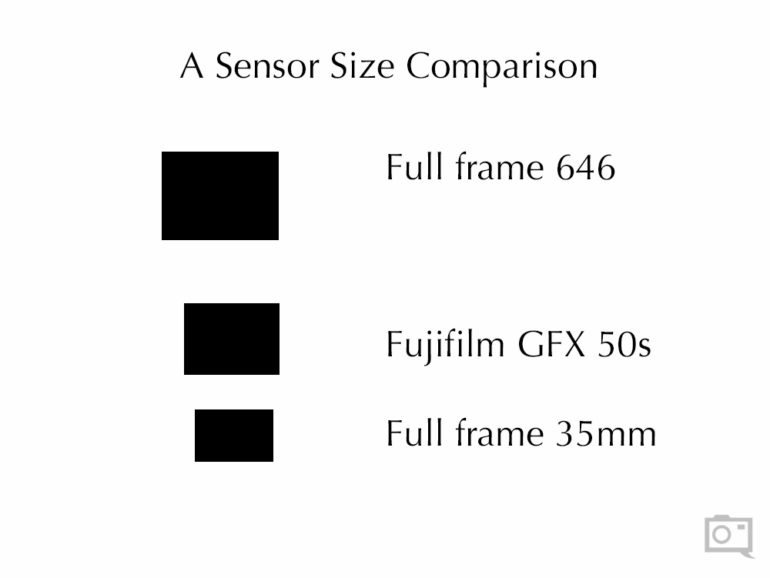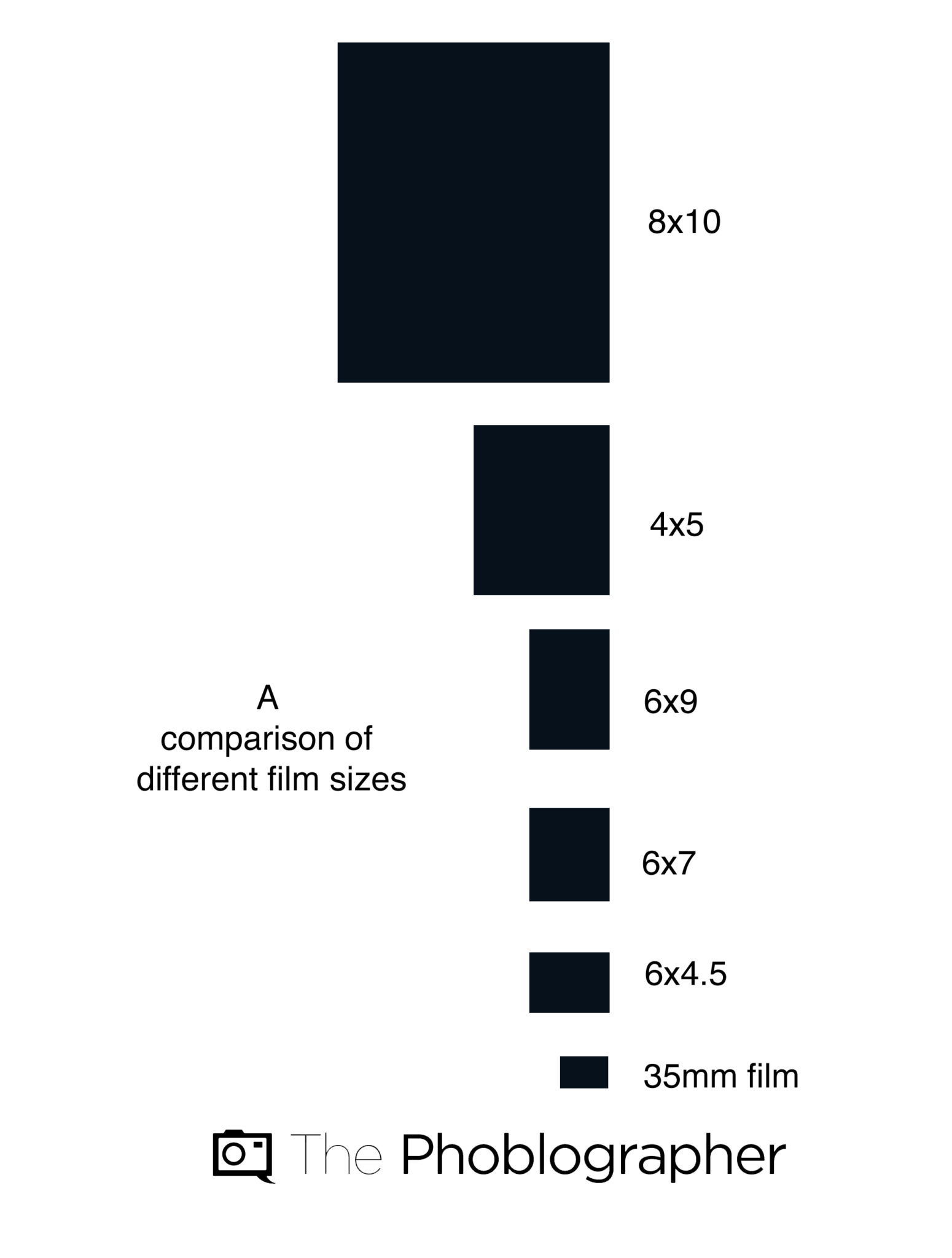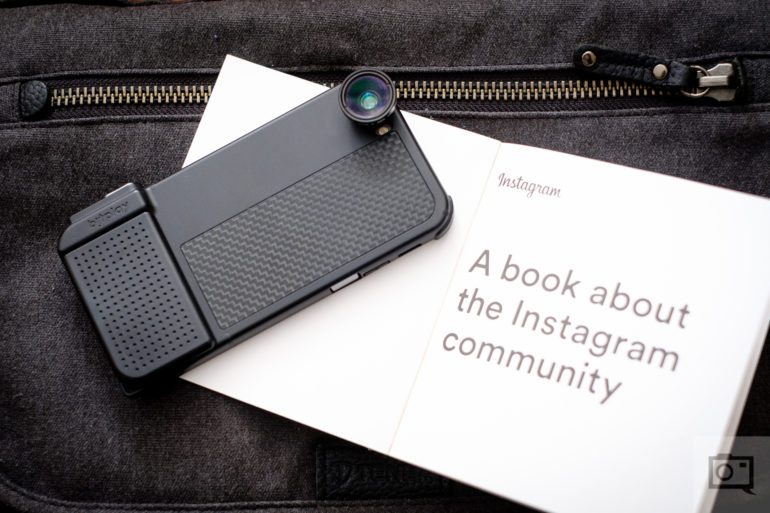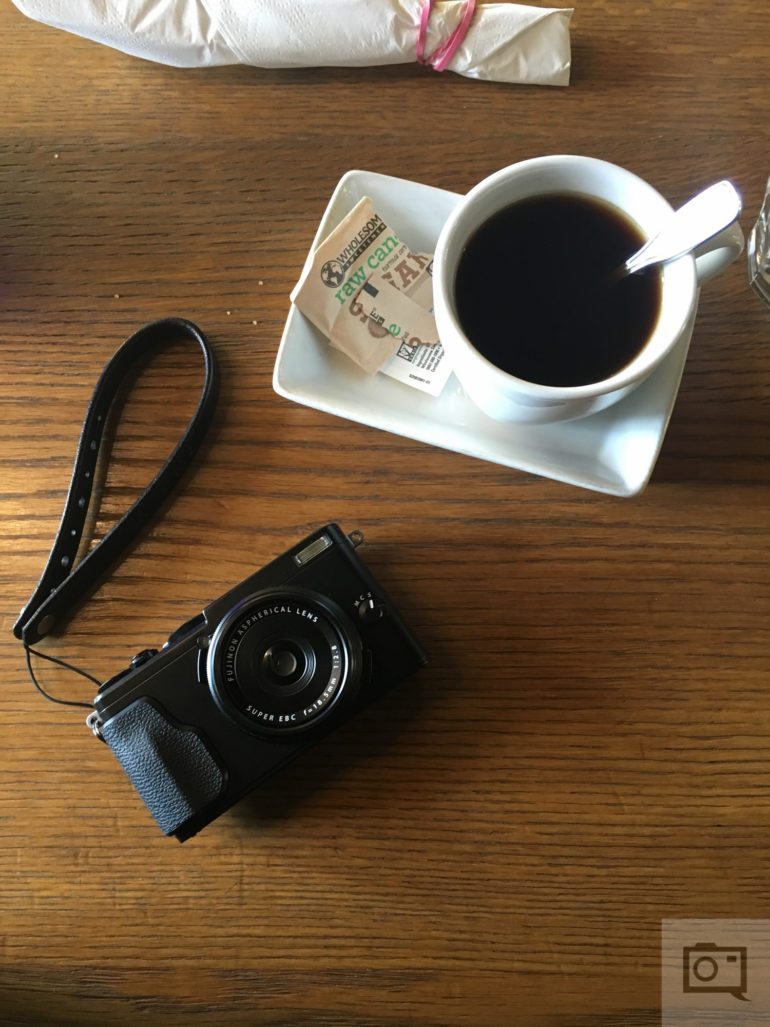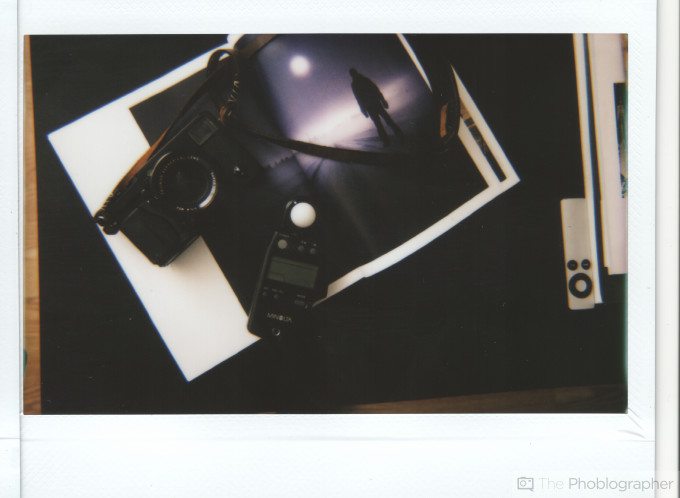If you’re reading this piece, you should know that the title isn’t clickbait; instead it’s what you essentially hear when everyone thinks that they’re an expert these days in the photography world. It’s been a problem that we’ve been going through for a long time and relates to how marketing and consumerism makes it seem like you need the latest and greatest camera to take the best photos. It makes you think that the iPhone 7 Plus can replace your DSLR and kill your need for a camera. But it also relates to some other absolute total myths about quality.
Myth 1: You Need a Full Frame Camera to be a Professional Photographer
This myth couldn’t be any more wrong overall. Many professional photographers out there tend to shoot with 35mm full frame cameras, but so too do lots of enthusiasts. They usually go for full frame because of the look–which honestly many of the images shot could also be done with APS-C or even Micro Four Thirds cameras. On top of that, what phones are capable of doing these days is absolutely incredible.
To actually be a professional photographer, the definition states that most of your taxable income needs to be made from photography–that’s it. There are photographers that shoot large format, medium format, APS-C, etc. To be a semi-professional, you still need to make taxable income from photography, but it won’t be your main source of revenue.
That’s it! You can be a professional photographer using your phone and make all your income off of Instagram and your phone. It’s pretty straight forward.
To be fair though, a larger sensor camera affords you options like lenses and flashes. These are the bigger strengths of those systems because these let you get results that you can’t get from a phone.
Myth 2: The More Instagram Followers You Have, the More Legitimate of a Photographer You Are
Oh dear lord how wrong this one is! Instagram followers have more to do with the content that you put out and how you market it accordingly to gain more followers. Most of Instagram is curatorial vs creative. It’s a problem that is widespread through the art world.
This past weekend in Brooklyn was the Bushwick Open Studios. I haven’t gone in a few years because the last time that I did, there were things that just didn’t make sense: like a bunch of young white men dressed in African Garb doing a drum circle.
Part of being the EIC of Phoblographer means that I need to be a curator since we get pitched many photo projects everyday. So this year, I decided to see how the trends and work are evolving. For the most part, I’m very happy to say that lots of the work is mature and of high quality. On having conversations with the artists about their creative inspiration, their ideas, etc; it seemed to make a lot of sense. Lots of the artists are genuine creatives that know how to balance both the marketing and creative sides of the business.
But then there were some absolute oddities: like the woman literally defecting in a diaper, or the abandoned yard with the woman who asked me and friends to come in and pet her cats: which were essentially people dressed in normal clothing with masks on. I’m completely understanding of the whole furry culture and even of people wanting to connect more with their primal selves, but the movement of people that try to literally become other animals is perplexing. Meditating for 15 years has put me in touch with my true spirit animal: the bear. But I don’t take it on in my quest to hunt seal cubs.
So some of this makes me think about various things. Lots of people just want attention, and will do it behind the guise of art. When in reality, there is no creative expression at all, just the narcissistic expression of wanting the spotlight on them at all times. Their tactic is doing something so crazy that everyone talks about it, and is weird, and is thought provoking. But then hiding it behind the even further guise of “I want you to interpret it in your own way,” further discredits any sort of legitimacy that one tries to bring to themselves. I’m a firm believer that very action is caused by something.
Even more scary though is that some curator, art buyer, or marketer decided to collaborate and promote these works. This, more than anything, shows me a problem that I’ve been mostly observing in the back of my head for a while but keeping shut about until now. Not everyone should be a curator or an art buyer. These require specific skills that are inherently learned over time by exercising a certain part of the brain routinely. It has nothing to do with Instagram followers and everything to do with understanding creative expression. The more people believe themselves to be curators and art buyers that adopt mentalities like this, the more that the market will become less legitimate and oversaturated with the narcissists trying to make a quick buck or just get people to pay attention to them.
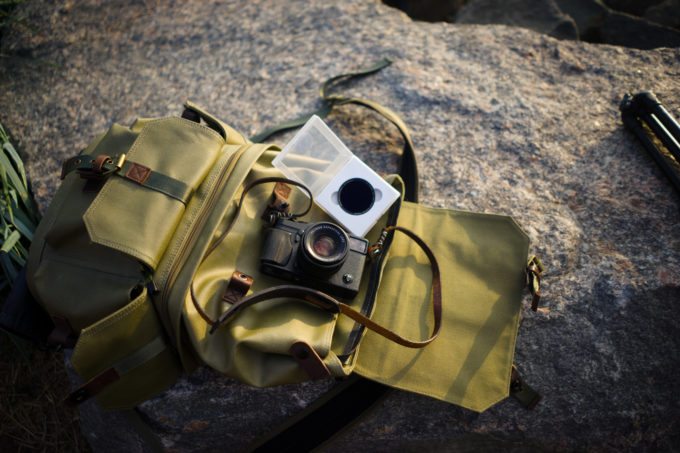
Read more at https://www.thephoblographer.com/2015/06/13/use-nd-filter-landscape-photography/#cWzyS6EPpmy7P3Cs.99
I don’t see this as evolution, I see this as a genuine smack in the face to the arts. One can’t always put legitimacy in the form of a number involving Instagram followers. It can help, but not always; and the lack of reasoning used sometimes is abysmal.
Myth 3: The Quality of Your Images is Directly Tied to the Quality of Your Camera
Fact: a photographer with a small, cheap, low quality sensor camera can create a better photo than someone that knows nothing about photography and has a higher end camera. The quality of an image has to do with the content and its presentation/framing in the photo more so than anything else. No one except for photographers pixel peep images.


